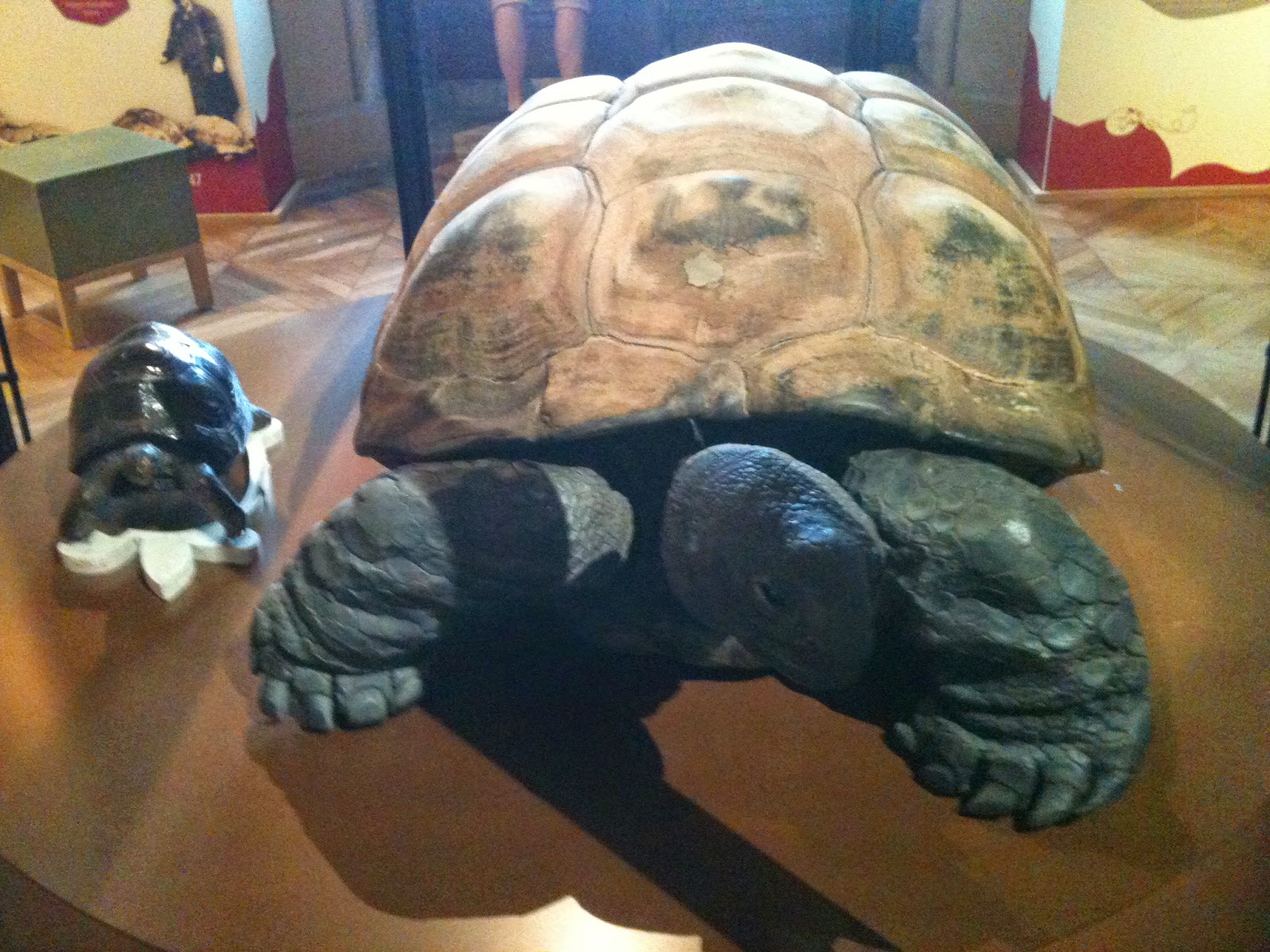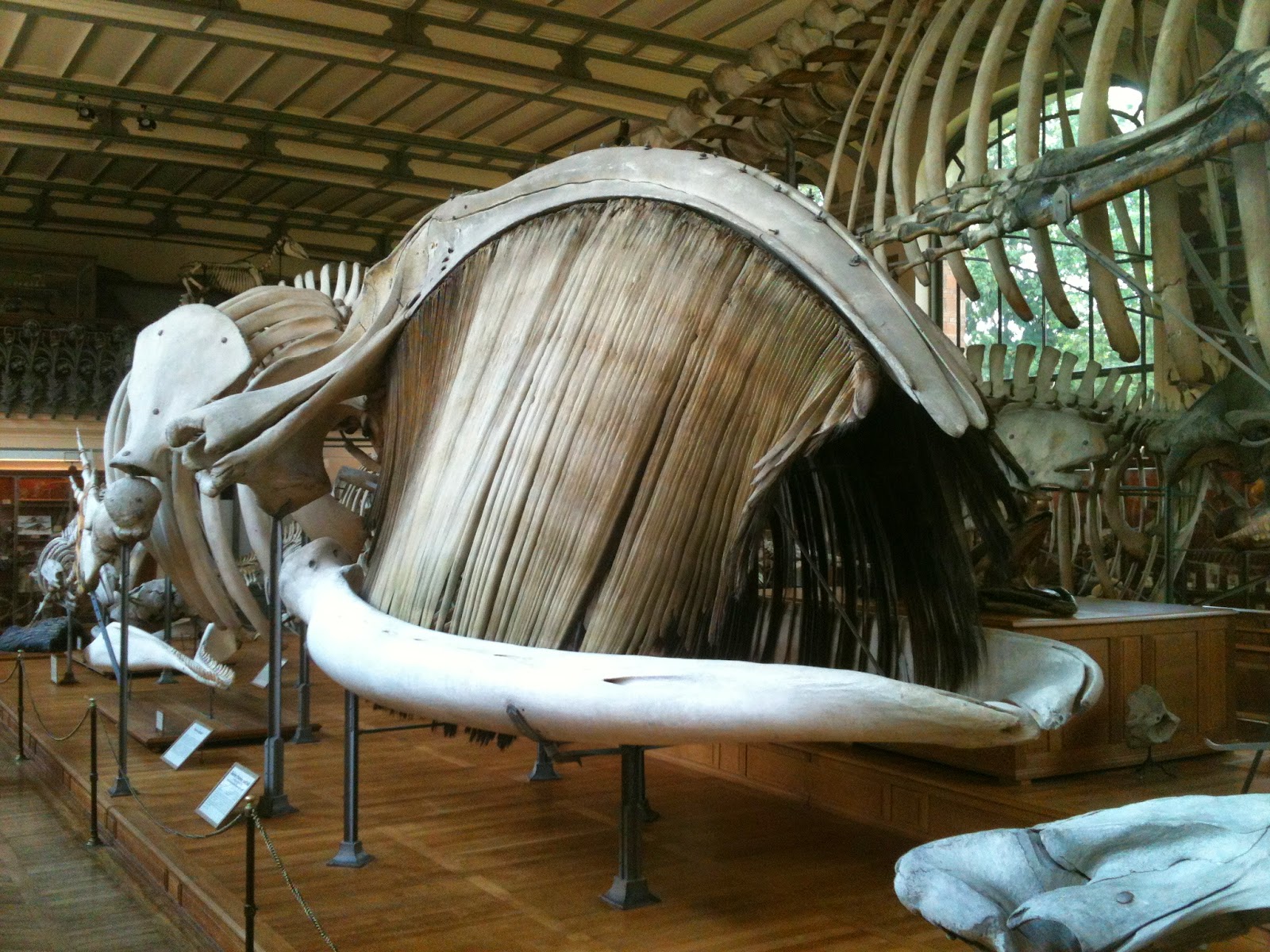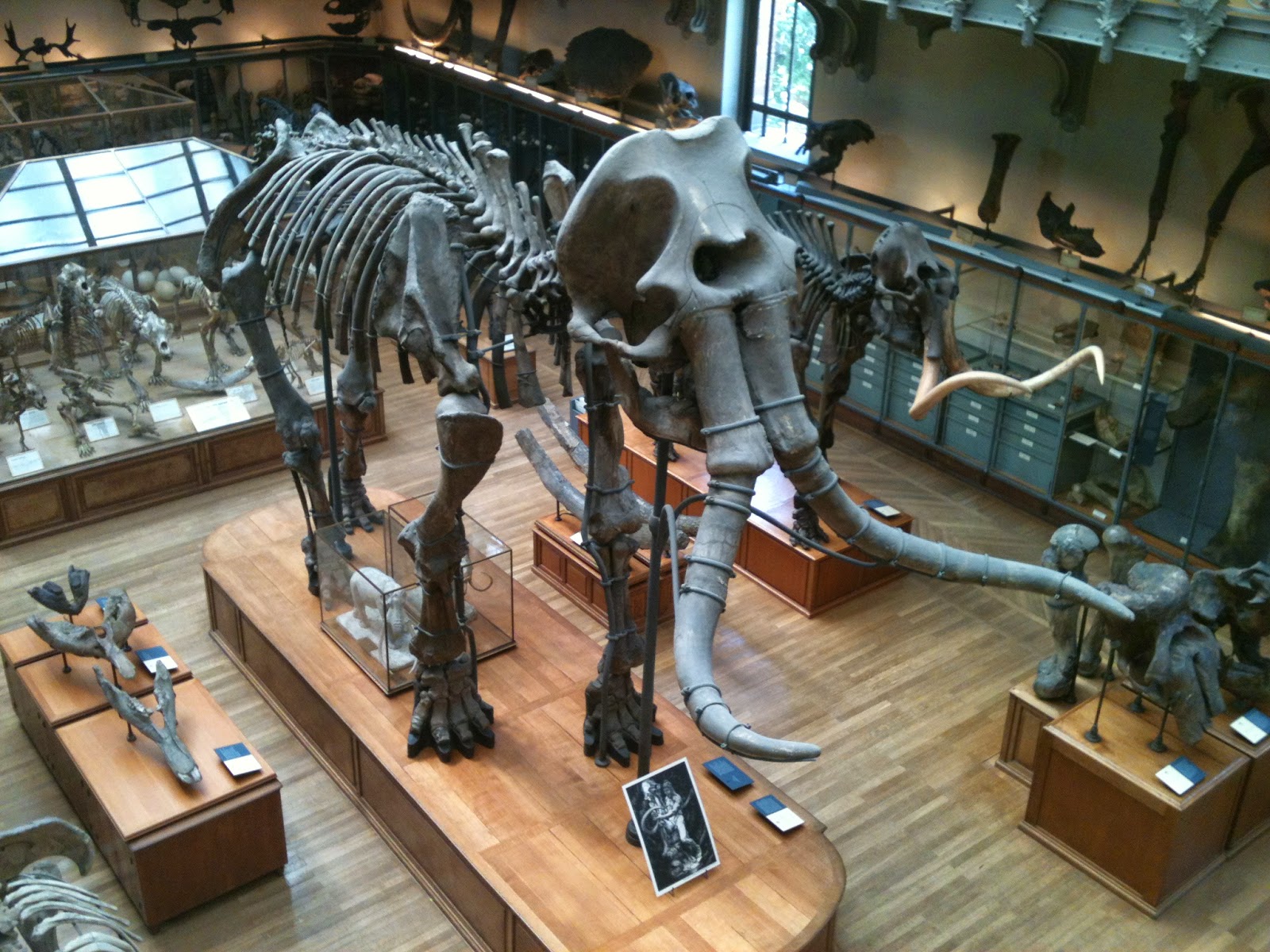Myself, the Baguette Winner and two of our friends hopped on a train to Epernay, in the Champagne region. That’s where they make the champagne.
The easiest way to explain it - even down to the travel time
– is that it’s just Martinborough. A cute little town set up to accommodate
tourists for a day or weekend, there to tour the champagne houses.
We kicked it off with a tour of Mercier. The pride and joy of their house is a really big barrel:
The cask was made for the World Fair in 1889, and nicknamed the ‘Cathedral of Champagne. Apparently, it was such a big deal that it was considered the main attraction of the Fair – alongside a little metal structure made by a chap named Eiffel. It doesn’t get a shout out in the Wikipedia entry for the Fair, however, and I’m starting to think that Mercier’s promotional video may have taken some liberties. According to Wikipedia, the main attraction (aside from the Eiffel Tower) was in fact a “Negro Village”, but perhaps Mercier felt that mentioning this would be a tad negative.
To get the cask to the fair, Mr Mercier had to buy and then demolish five houses. They seemed rather proud of this fact.
The tour included a slightly bizarre laser-guided train tour of
the cellars (which they refer to as caves, with good reason). This was way
slower and more boring than it looked in the pictures, as there really isn’t a
lot to see. The trouble is, these vast, endless cellar/cave things pretty much
look the exact same the whole way. The histories of these places are obviously
pretty interesting, but all the best bits of this were detailed in the promo
video mentioned above. And the cellars are pretty much full of bottles that
just sit there and don’t get touched for awhile, so unless you’re a
identical-stationary-bottles-with-no-labels-ophile, there isn’t much to see.
What did make it impressive was the
size, and the fact that these tunnels had been around since Queen Victoria.
The good news was that the tour finished with two glasses of champagne (a brut and a rosé), and it had barely hit midday. So can’t really complain.
After Mercier, we took ourselves back down ‘Champagne Avenue’ and into Epernay, in search of a traditional French lunch. We managed to find this at La Cave a Champagne, a funny little Fawlty Towersy restaurant, which had a collection of Michelin Guides on a shelf, but did not in fact have a Michelin Star. [It is in the Guide, though]. It was a very classically French menu, meaning that everything was either in a cream, butter or cheese sauce, and it was very good for the price (€20 for three courses). The huge disappointment, for me, was seeing the chicken come out to every other table, immediately after I had ordered the fish. I just don’t like fish as much as chicken. When will I learn?
You can read more about this meal (which included snails!)
here.
After lunch, feeling tired and full (all that cream!), we
stumbled back up Champagne Avenue to check out Moët. They didn’t have a big barrel, but they did have a statue of
Dom Perignon:
This tour began with one of the tackiest promotional videos I have ever seen. People were audibly giggling during its screening. Luckily, it’s on Youtube!
Let’s examine some of the finer points:
-
Great generic music; because nobody is so rich
that they want to pay royalites;
-
Every time we saw that finger delicately tracing
the rim of the glass, people laughed. Is it a pensive gesture? Sensual? Erotic?
It is clearly meant to be evocative of something, but we all just thought it
was stupid.
-
“Pioneer in technology and innovative research”:
A whiteboard pen? That would be a huge claim to fame, indeed.
-
The main problem with this video is that it says
ABSOLUTELY NOTHING OF VALUE. Did you know that Moët is owned by the same company as Henessy and Louis Vitton,
two other standards of luxury? Why not throw that in? Or how about showing some
of the process, or giving some of the history?
-
This is literally the bit in Entourage where all of the talent
agencies are trying are sign Vinnie, and they all show virtually identical
clips beginning with “BMW…Rolex…Vincent
Chase”. Nobody buys this crap.
I guess it’s not that bad.
But they actually sat us down with a straight face and had us watch this. We
had already paid, so who were they trying to convince? And if they really
wanted to sell champagne, this would have been a far more tasteful
advertisement:
The good news is that the tour itself went straight uphill after this. The cellars in these places are directly under the buildings, so we went from watching that dumb video, straight down a marble staircase in the same room. Suddenly, we were in the caves where they store millions of bottles of champagne. Of course, it looked virtually identical to the Mercier caves, even though each house would claim that it was the ‘original’ or whatever.
For this tour, there was no train, and we actually had a
human guide (about 15-20 people in our group). This meant that we could ask
questions and interact a little more. Our guide could pick up a bottle and
point out the sediment, for example, and demonstrate how they are rotated.
There still wasn’t a lot to see down there, but it felt much more informative.
Moët & Chandon
also produce Dom Perignon, which you
will recognise from your favourite rapper’s humble-brags. Dom Perignon is strictly a vintage champagne, which means that all
of the grapes used are from a single year, deemed to have produced an
especially good crop. There were other facts about what made it special, but
you have Wikiepdia.
 |
| "Y'all drink Dom but not rosé..." |
A few fun champagne facts before we end this thing:
-
You know how champagne bottles are really thick?
That’s because they used to explode all the time (due to the bubbles).
Apparently, Dom Perignon himself may have come up with this solution.
-
The Moët
people claim that “magnum” is the best size for champagne, because it has the
best volume to surface area ratio (ie, the amount of wine touching the air
pocket at the top). There’s a good chance that this is just the size they
wanted us to buy, for margin reasons and whatnot.
-
Champagne is fermented in the same bottle right
the way through, in either your standard bottle or a magnum. If you buy a
bottle bigger than a magnum, it will have been filled from other bottles (and
this is why they reckon magnums are better tasting).

































